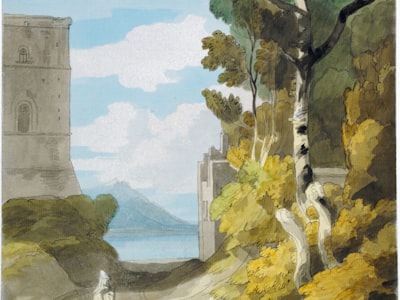In Dante’s Divine Comedy, the poet describes the journey through hell and to heaven. In this epic work, he vividly depicts the torments of sinners and the bliss of saints in the afterlife. In his description of hell, Dante lamented that he had not been able to paint an accurate picture of hell’s ugliness. He believed that no human could ever comprehend how dark and cold hell is. However, he also thought that something beautiful can still exist within something hideous.
Many other poets have also expressed Dante’s view that our minds are incapable
of creating an image of heaven or the divine realm in general. The medieval Christian writer Anselm of Canterbury believed that God had chosen not to reveal Himself to humans in a form or way that they could later depict Him. This idea is known as Anselm’s theory of analogia lunae ad alma quaeque vertetur – “the heavens will be like a book, and all nations will be invited to read it.” In this case, this invitation would be to understand God’s plan for creation. Later Christian poets such as Terence expressed similar ideas about mankind being unable to imagine the divine realm in a way that could later be interpreted by prophets.
You May Also Like: Photography
Related Posts: Beauty

.png)
.png)
.png)




0 Comments